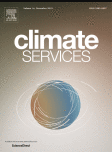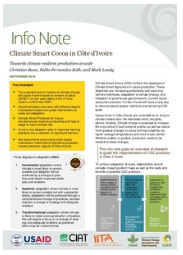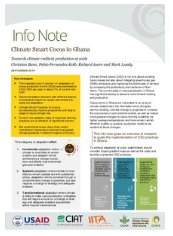Press and News Making adaptation efforts actionable at scale towards a climate-smart cocoa sector
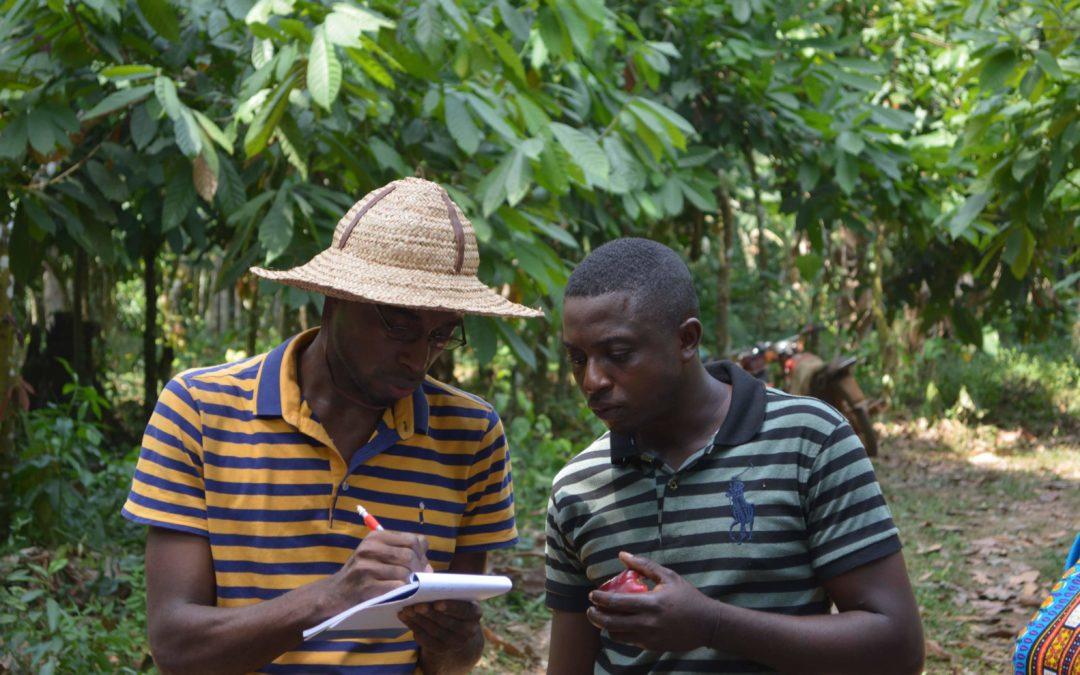
Cocoa farmers are struggling with climate change effects, and the situation will not change unless adaptation measures are timely put in place. Most good agricultural practices, if correctly applied, can provide resilience against shocks and provide sustainability for long-term changes, but developing tailored solutions for all cocoa households currently appears unfeasible, and most smallholders don’t have the means to develop strategies by themselves.
As a result, the risk of maladaptation or inefficient use of resources is high. The complexity lies thus in the need to translate the crop and site specificity of climatic changes into actionable and understandable decision support. Scalable climate-smart technologies exist, but robust processes for large-scale interventions to support farmers need to be developed.
This study developed recommendation domains based on a degree of impact concept that supports stakeholders to design and roll out adequate site-specific adaptation measures to adapt cocoa production in Ghana to climate change. The domains are easier to interpret for stakeholders than previous impact assessments, but are equally methodologically robust. To develop the domains, the authors combined a data-driven method with a participatory validation process. The resulting maps were in line with state-of-the-art climate impact assessments but additionally relate to local perceptions of cocoa ecological zones and production systems. As a result, the domains are framed within local knowledge and are more acceptable and accessible than conventional work.
“There are about 800,000 cocoa farms in Ghana. The question of our project was, how we can help all of them to adapt to climate change. We believe in the power of data, but quickly realized that previously published studies were methodologically robust, but really hard to interpret for non-specialists. So we had to come up with something that is equally well done, but is accessible to the people who eventually have to support farmers.”
Christian BunnThe study argues that the most important aspect to design adaptation strategies is the degree of necessary adaptation effort. At low potential impact adaptation can be incremental, using relatively minor interventions such as integrated pest management, adjustment of shade levels and more generally, good agricultural practices. A higher degree of potential impact requires a systemic adaptation using more shade trees, potentially drip irrigation, or a shift to another cocoa variety. In some zones, future climate conditions were found to be likely unsuitable at current cocoa locations, hence a shift to other crops or production systems with a high degree of functional shade and income diversification have to be considered. Additionally, the study points out zones where global climate models don’t exhibit the necessary degree of agreement to support specific technological packages and, therefore, emphasis should be put on increasing the resilience of producers.
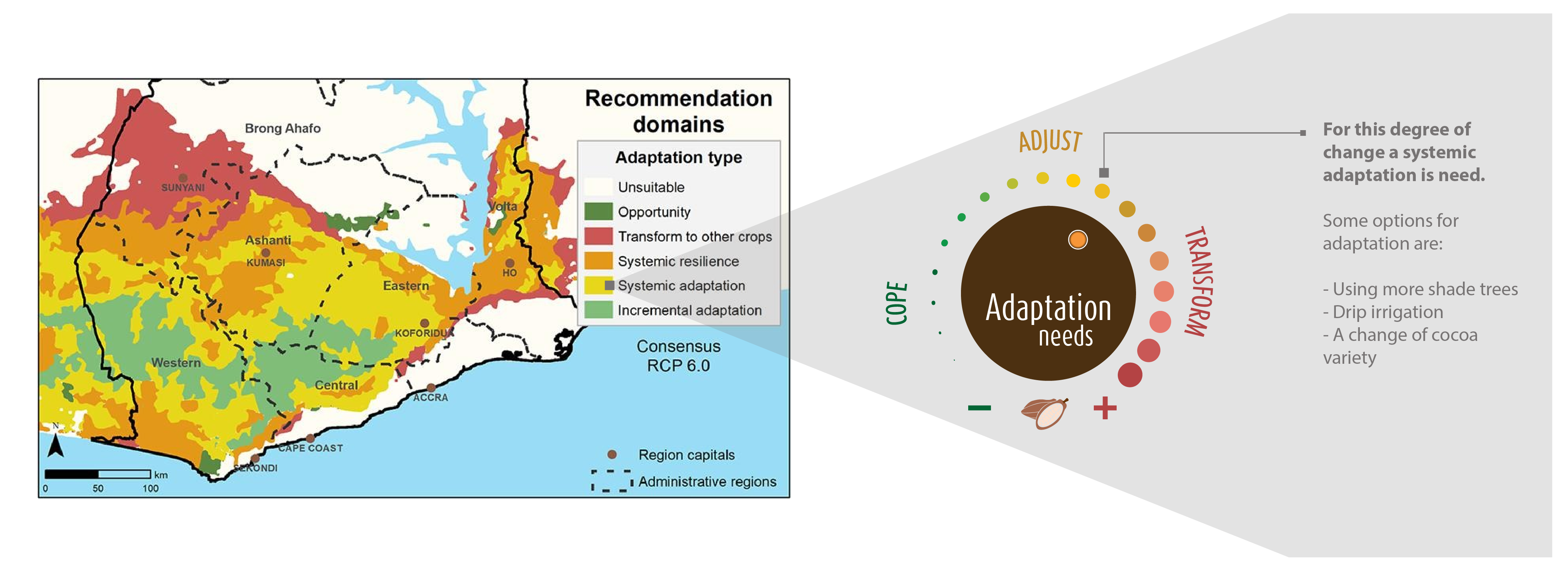
Public, private and non-governmental stakeholders can use the proposed recommendation domains to roll out climate adaptation interventions at scale. Training activities, for example, can be differentiated by the likely degree of impact to provide assistance that responds to local needs. Those actors can also help farmers become aware of diversification options where needed, or encourage them to intensify production where adequate. Other stakeholders may use this work to focus deforestation prevention efforts where most needed. Also, certification agencies can adjust compliance requirements across geographies. The study’s findings show that the approach and concept used have a great potential for other regions and crops as a valuable step towards mainstreaming climate-smart agriculture.
For more information on cocoa in Ghana and in Africa:
And visit:
the Coffee & Cocoa Portfolio of the Alliance of Bioversity and CIAT (still in construction)
The authors of this study:
Christian Bunn, Peter Läderach and Mark Lundy from the International Center for Tropical Agriculture, Amos Koyo Quaye from the Cocoa Research Institute of Ghana, Sander Muilerman from Wageningen University and Martin R.A. Noponen from Rainforest Alliance.
Key elements of this study were implemented as part of the Climate-smart Value Chains project of the CGIAR Research Program on Climate Change, Agriculture and Food Security (CCAFS) and the Feed the Future Learning Community for Supply Chain Resilience consortium of USAID.
For more information on the study contact:

Christian Bunn
Scientist - Sustainable Food Systems

